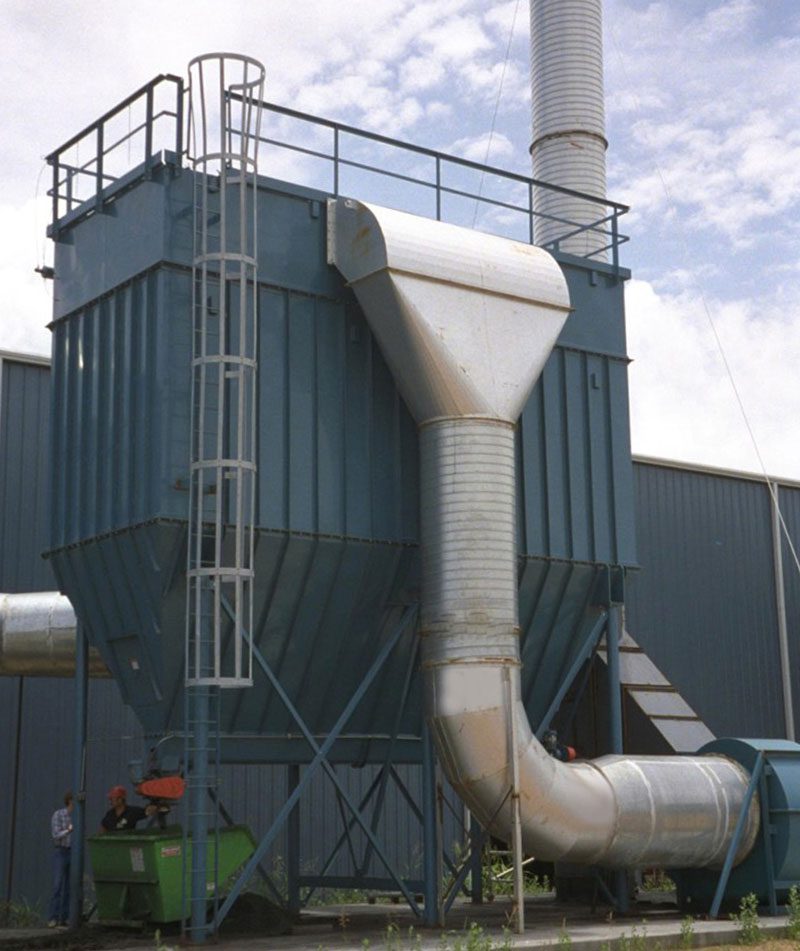In the realm of industrial air pollution control, fabric filters play a pivotal role in ensuring cleaner and safer environments. As industries strive to meet stringent emission regulations and maintain sustainable practices, understanding the functionality of fabric filters becomes imperative. In this comprehensive guide, we delve into the intricate world of fabric filters, unraveling their mechanisms, benefits, and significance in the context of air quality management.
Understanding Fabric Filters:
Fabric filters, also known as baghouse filters, are one of the most widely adopted methods for controlling particulate matter emissions from industrial processes. They are designed to capture and remove suspended particles, such as dust, fumes, and pollutants, from gas streams. This filtration process is crucial not only for compliance with environmental regulations but also for safeguarding public health and preserving the integrity of surrounding ecosystems.

The Mechanism Behind Fabric Filters:
Fabric filters operate on the principle of physical filtration, utilizing a matrix of fabric bags or tubes to capture particulate matter. The polluted gas stream is directed through the fabric bags, while the particles are trapped on the surface or within the fabric’s intricate pore structure. The clean gas is then released back into the atmosphere.
Benefits of Fabric Filters:
Fabric filters offer a range of benefits that make them a preferred choice for many industries:
- High Efficiency: Fabric filters exhibit remarkable particle removal efficiency, even for sub-micron particles, ensuring compliance with stringent emission standards.
- Versatility: They can effectively handle various particulate types, sizes, and concentrations, making them suitable for diverse industrial applications.
- Low Pressure Drop: Fabric filters typically maintain low pressure drop, resulting in energy savings and reduced operating costs.
- Modularity: The modular design of fabric filter systems allows for easy scalability and adaptation to changing process conditions.
- Durability: With proper maintenance, fabric filters can have a long service life, contributing to sustainable air pollution control solutions.

Types of Fabric Filters:
Fabric filters come in various configurations, tailored to specific industrial needs:
- Pulse-Jet Fabric Filters: These filters use compressed air pulses to dislodge particles from the fabric surface, ensuring continuous and efficient operation.
- Reverse Air Fabric Filters: Reverse air fabric filters employ a reverse flow of air to clean the fabric surface, making them suitable for applications with sticky or agglomerative particulates.
- Shaker-Type Fabric Filters: Shaker-type filters mechanically agitate the fabric to remove accumulated particles, offering simple and cost-effective solutions.
Significance in Air Quality Management:
The implementation of fabric filters significantly contributes to air quality management by reducing airborne pollutants that pose health risks to both humans and the environment. Their ability to efficiently capture even the smallest particles ensures cleaner emissions and healthier communities.
Conclusion:
Fabric filters, with their intricate mechanisms and diverse applications, stand as stalwarts in the battle against air pollution. Their role in ensuring regulatory compliance, safeguarding public health, and promoting sustainable industrial practices is undeniable. As industries continue to prioritize environmental responsibility, a thorough understanding of fabric filters and their functionality becomes a cornerstone of effective air pollution control strategies.





